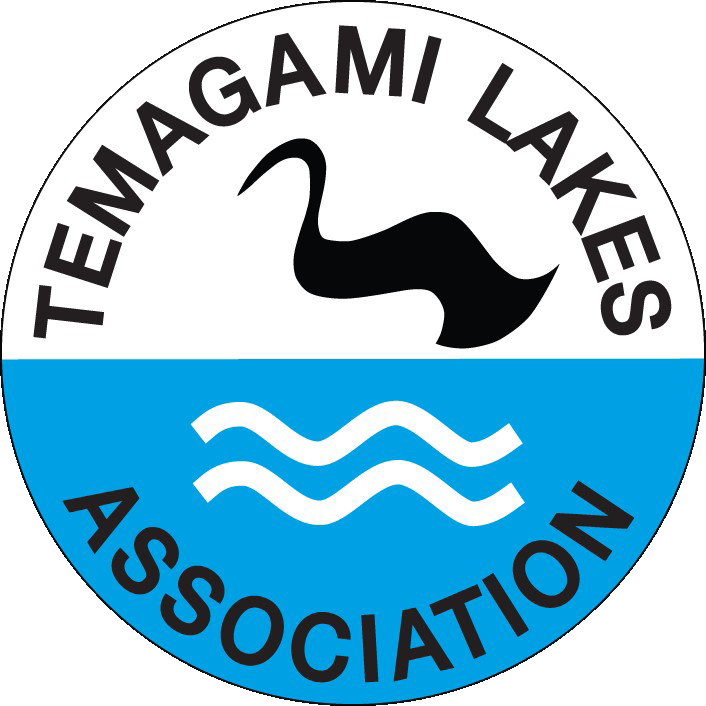VHF Radio Services
VHF Radio Service on Lake Temagami
by Tim Gooderham
During the past few years there has been a large increase in the number of people using VHF Marine radio on Lake Temagami who don’t know the proper use of the procedures that were designed to make the facility most useful for all. There are two primary reasons for this:
- More and more cottagers have acquired land line telephone service on the Lake. This has allowed them to rely on that service to the detriment of VHF radio service. At the same time, cell phones have become more and more ubiquitous to the point that many people no longer rely on the radio service for their communications.
- There has been a large increase in the number of small, low powered hand held VHF radio transceivers sold to the general public as “short range communication” equipment. More and more people are using these devices for recreational and other non-essential purposes. Indeed, they are even allowing their children to use the devices without proper supervision. They are not aware that some people on the Lake still rely on the VHF service for all their communications.
The TLA began providing radio service on Lake Temagami back at the end of the 1970’s. In 1991 Graeme Thompson, Chairman of the Communications Committee, published the “TLA Radio Communications Handbook”. Some copies of this Handbook are still available at the Headquarters Building. The advice it provides is still valid even though the TLA no longer provides CB service and has somewhat shortened its hours of operation. The VHF service still operates and operates well, provided everyone on Channel 68 follows the procedures outlined in the Handbook.
So what should you know?
- Your initial call should contain the name of the station being called three times and your call sign three times (twice is usually enough). After that, once is enough if conditions are normal.
- Once you have finished communicating use the proword “out”. “Clear” is not legitimate.
- The TLA holds a license from Innovation, Science and Economic Development Canada to operate a radio service on Channel 68. This channel is designated as the main working channel for boats and marinas. Indeed, some marinas monitor it on an outdoor speaker for everyone to listen to. You should therefore use channel 68 only for the following:
- conversing with the TLA
- calling the station you wish to contact and specifying another channel for the conversation. (Once on that designated channel, wait a few seconds to make sure nobody else is using it.)
- Channel 67 has been designated as a low-power channel. Many transceivers automatically operate only on 5 watts when channel 67 is selected. You should therefore designate 67 only when you are fairly close to the station you wish to talk to.
- Channel 16 is for distress only. It is seldom used on Lake Temagami. When on the Lake, the OPP boat usually sits on Channel 16. Nobody else monitors it, except for the Coast Guard in Parry Sound.
- Channel 70 has been recently designated for Digital Selective Calling (DSC) use only. Modern transceivers have this system included. You should therefore avoid using Channel 70.
- Be aware that several organization on the Lake use certain channels for their communications.
- Avoid frivolous conversations. “Hey Charlie, howzit goin’ there?” just doesn’t cut it!
And what should you do?
- Monitor your children when they have access to your radio.
- If you have visitors at your place, make them aware of the above points for common courtesy. Of course, observe them yourself!

